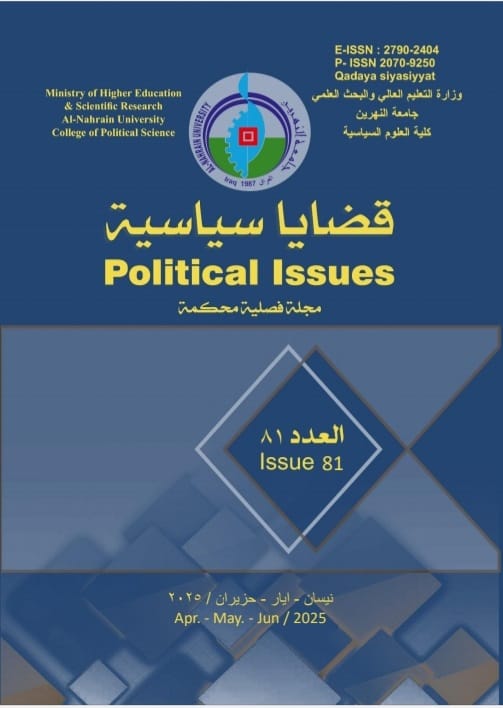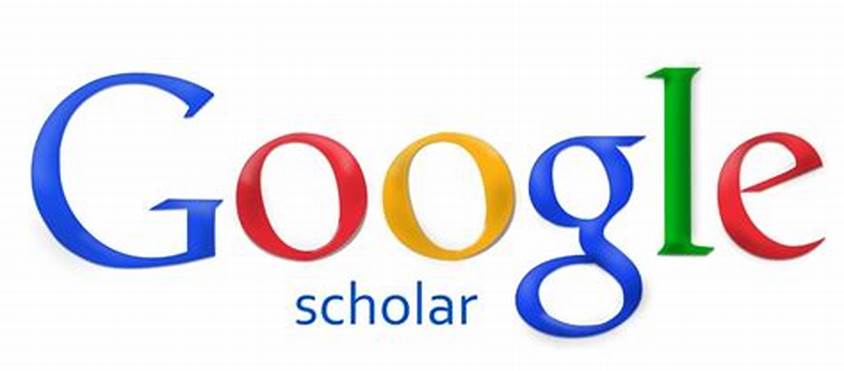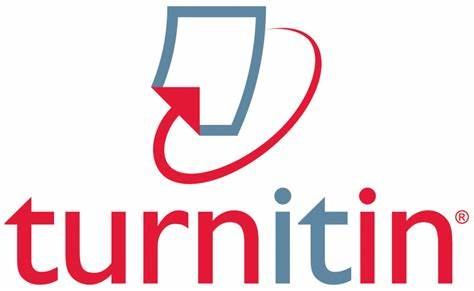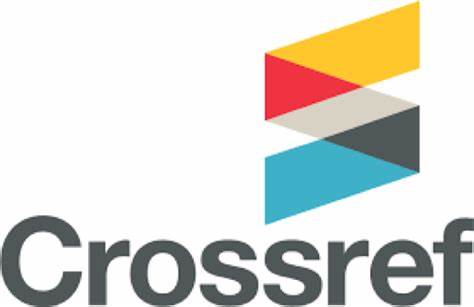Employing Behavioral Economics Ideas in Public Policy:Employing Choice Architecture in Electoral Participation in Iraq as a Model
DOI:
https://doi.org/10.58298/812025728Keywords:
Behavioral Economics, choice architecture, nudge theoryAbstract
Voter turnout has declined relatively in the last two electoral cycles in Iraq, prompting us to look for ways to increase this percentage. This is because increasing voter turnout is a behavior that all countries aim to achieve. However, it is best to do so without pressuring citizens or offering financial incentives, as this could be interpreted as a means by which the authorities gain legitimacy and drain public funds.
Behavioral economics offers us nudge theory or choice architecture, which proposes the use of psychological tools to guide individual behavior toward positive behavior that serves the individual and societal interests. In this research, we attempted to identify six tools included in choice architecture, that can be used to nudge citizens into political participation.
Keywords: Behavioral Economics- choice architecture- nudge theory
References
Asch, S. E. (1995). Opinions and Social Pressure. In E. Aronson, Readings About the Social Animal (VOL. 193, NO. 5 ed.). New York: W. H. Freeman.
Burgess, A. (1986). A Clockwork Orange. New York: W.W. Norton.
Colin, F. C. (2003). The behavioral challenge to economics: Understanding normal people. the Federal Reserve of Boston. Boston: Div HSS, Caltech.
D, L. M., Ruth, G., T, D. G., & Yaacov, T. (2002). Reflection and Reflexion: A Social Cognitive Neuroscience Approach to Attributional Interference. In Z. M. P, Advances in Experimental Social Psychology. New York: Elsevier.
Ferejohn, J. A., & Fiorina, M. P. (1974). The paradox of not voting: A decision theoretic analysis. American Political Science Review.
Gilovich, T., Husted, V., & Savitsky, M. (2000). The Spotlight Effect in Social Judgment: An Egocentric Bias in Estimates of the Salience of One's Own Actions and Appearance. ournal of Personality and Social Psychology, PubMed.
Greenwald, A. G., Carnot, C. G., Beach, R., & Young, B. (1987). Increasing voting behavior by asking people if they expect to vote. Journal of Applied Psychology( American Psychological Association).
Hausmann, D., & Welch, B. (2010). Debate: To Nudge or Not to Nudge. Journal of Political Philosophy.
Houghton, D. P. (2009). political psychology: situation, individual, and cases. UK: Routledge.
Loewenstein, G. (1996). Out of Control: Visceral Influences on Behavior . Organizational Behavior and Human Decision Processes(Carnegie Mellon University).
Luigino Bruni، و Robert Sugden. (2007). The road not taken: how psychology was removed from economics, and how it might be brought back. Economic Journal، الصفحات 73-146.
O'NEILL, B. (2010, November 1). A message to the illiberal Nudge Industry: Push off. Retrieved November 10, 2024, from spike: https://www.spiked-online.com/2010/11/01/a-message-to-the-illiberal-nudge-industry-push-off/
Oullier, O., & Sauneron, S. (2011). Green Nudges' new incentives for ecological behavior. Centre d’analyse stratégique(LA NOTE D’ANALYSE).
Palfrey, T. R., & Rosenthal, H. (1985). Voter participation and strategic uncertainty. American Political Science Review.
Riker, W. H., & Ordeshook, P. C. (1968). A Theory of the Calculus of Voting. American Political Science Review.
SAMUELSON, W., & ZECKHAUSER, R. (1988). Status Quo Bias in Decision Making. Journal of Risk and Uncertainty(Springer).
SUNSTEIN, C. R. (2003). Why Societies Need Dissent. Cambridge: Harvard University Press.
Thaler, R., & Sunstein , C. (2003). Libertarian Paternalism is not an oxymoron. University of Chicago Law School.
Thaler, R., & Sunstein, C. (2008). Nudge : Improving Decisions about Health, Wealth and Happiness. New Haven & London: Yale University Press.
Tversky, A., & Kahneman, D. (1973). Availability: A Heuristic for Judging Frequency and Probability. Cognitive Psychology.
Westen, D. (2007). The Political Brain: The Role of Emotion in Deciding the Fate of the Nation. New York: Public Affairs.
روسيا اليوم (Rt). (10 5, 2018). مفوضية الانتخابات العراقية: نسبة المشاركة في التصويت الخاص بلغت 78%. تم الاسترداد من www.arabic.rt.com.
عماد عبد الرزاق. (31 12, 2023). (ما بعد الانتخابات) ملاحظات تحتاج إلى وقفة. قضايا سياسية. https://doi.org/10.58298/752023535
فراس عبد الكريم. (5 7, 2024). نزاهة الانتخابات والحكم الرشيد (دراسة حالة العراق بعد عام 2005). قضايا سياسية، الصفحات 55-81. https://doi.org/10.58298/772024558
قناة الحرة. (11 10, 2021). مفوضية الانتخابات العراقية: نسبة المشاركة الأولية 41 بالمئة. تم الاسترداد من https://www.alhurra.com/iraq.
لونا عبد الكريم داود. (31 12, 2024). الأنظمة الانتخابية ودورها في توزيع المقاعد: دراسة تحليلية. قضايا سياسية، الصفحات 557-581. https://doi.org/10.58298/792024637
لويز ل هاي. (2017). وظيفة المرآة: واحد وعشرون يوماً لشفاء حياتك، رجمة: علي الحداد. ، دار الخيال
Additional Files
Published
Issue
Section
License
Copyright (c) 2025 مصطفى حسين عبد الرزاق

This work is licensed under a Creative Commons Attribution 4.0 International License.
This is an Open Access article distributed under the terms of the creative commons attribution (CC BY) 4.0 international license which permits unrestricted use, distribution, and reproduction in any medium or format, and to alter, transform, or build upon the material, including for commercial use, providing the original author is credited.






